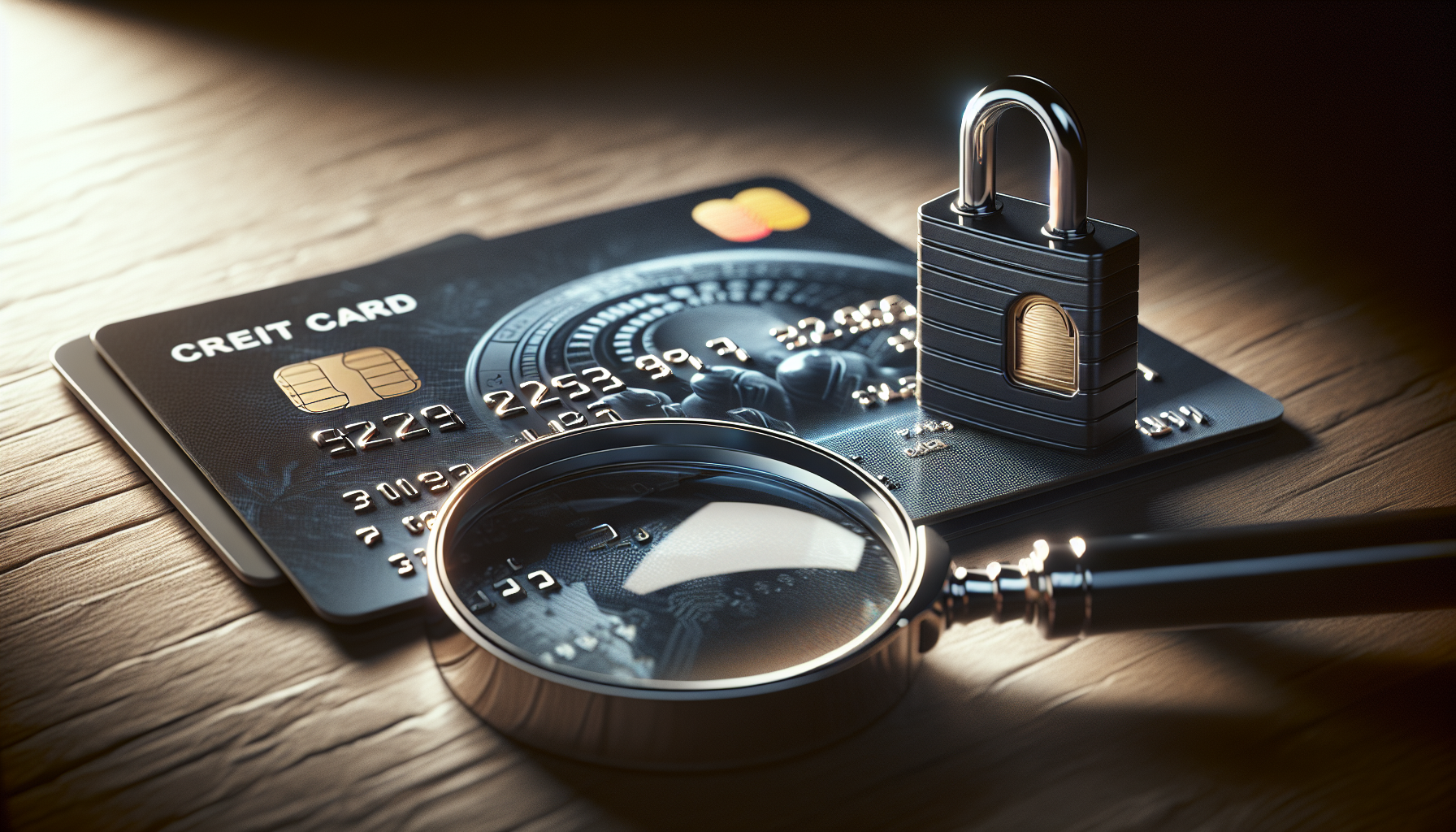What Does CVV Mean on a Credit Card?
The CVV, or Card Verification Value, is a crucial security feature found on credit and debit cards. This unique code plays a vital role in protecting cardholders from fraud and unauthorized transactions, especially in the digital realm. Understanding what the CVV is, where to locate it on your card, and how it works can help you safeguard your financial information and shop with confidence online.
What is CVV and What Does It Stand For?
Definition of CVV
CVV stands for “Card Verification Value,” and it is a three- or four-digit number printed on credit and debit cards. This code is used to verify that the person making an online or phone transaction has physical possession of the card, adding an extra layer of security to these types of purchases.
The CVV is generated using a special algorithm and is unique to each card. It is different from the card number and expiration date, making it more difficult for hackers to obtain and use for fraudulent purposes.
Location of CVV on Credit and Debit Cards
The location of the CVV varies depending on the card issuer. For most major credit card companies, such as Visa, Mastercard, and Discover, the CVV is a three-digit number printed on the back of the card, typically to the right of the signature strip.
However, American Express uses a four-digit code, which they call the “Card Identification Number” (CID). This code is printed on the front of the card, above the card number on the right side.
| Card Issuer | CVV Location | Number of Digits |
|---|---|---|
| Visa | Back of card | 3 |
| Mastercard | Back of card | 3 |
| Discover | Back of card | 3 |
| American Express | Front of card | 4 |
How Does CVV Provide Security for Online and Phone Transactions?
The primary purpose of the CVV is to prevent unauthorized transactions. When making an online or phone purchase, the merchant will ask for the CVV in addition to the card number and expiration date. This ensures that the person making the purchase has physical access to the card, reducing the risk of fraud.
Even if a hacker obtains a card number and expiration date, they would still need the CVV to complete a transaction. Industry regulations prohibit merchants from storing CVVs, making it more difficult for hackers to access this information even if they breach a merchant’s database.
CVV vs PIN: Key Differences
While both CVV and PIN (Personal Identification Number) are security features, they serve different purposes. The CVV is used for online and phone transactions, where the card is not physically present. In contrast, the PIN is used for in-person transactions, such as ATM withdrawals or purchases where the card is inserted or swiped.
It’s important to remember that you should never share your PIN with anyone, even over the phone. The CVV, however, can be provided to trusted merchants when making online or phone purchases.
CVV Policies of Major Credit Card Issuers
Visa, Mastercard, and Discover CVV Placement
Visa, Mastercard, and Discover follow a standardized format for CVV placement. On these cards, you’ll find the three-digit CVV printed on the back of the card, usually to the right of the signature strip. This consistency makes it easy for cardholders to locate their CVV when making online or phone purchases.
American Express CVV Location
American Express uses a slightly different approach for their security code, which they call the “Card Identification Number” (CID). The four-digit CID is printed on the front of the card, above the card number on the right side. This unique placement helps differentiate American Express cards from other major issuers.
How is the CVV Generated and Stored Securely?
CVV Generation Algorithm
The CVV is generated using a complex algorithm that takes into account various factors, such as the card number, expiration date, and issuer-specific codes. While the exact algorithms are kept secret by card issuers to maintain security, they ensure that each CVV is unique to its corresponding card.
This algorithmic generation makes it incredibly difficult for hackers to guess or calculate a valid CVV, even if they have access to other card details. The uniqueness of each CVV adds an extra layer of protection against fraudulent transactions.
Dynamic CVV for Enhanced Online Payment Security
Some banks and card issuers are exploring the concept of dynamic CVVs to further enhance online payment security. A dynamic CVV is a temporary code that changes regularly, typically every 30 to 60 minutes. This means that even if a hacker manages to obtain a valid CVV, it will only be usable for a short period.
While dynamic CVVs are not yet widely adopted, they represent a promising development in the fight against online credit card fraud. As technology advances, we can expect to see more innovative solutions like this to keep our financial information secure.
Tips to Protect Your CVV and Prevent Fraud
When shopping online, only provide your CVV on secure websites that use encryption to protect your data. Look for the “https” in the URL and a padlock icon in your browser’s address bar, indicating that the site has an SSL certificate and your information will be encrypted during transmission.
Additionally, be cautious about sharing your CVV over the phone. Only do so when you have initiated the call to a trusted retailer or service provider.
Avoid Storing Card Details and Sharing Sensitive Info
Avoid saving your card details, including the CVV, on websites or in your browser. While it may be convenient, it also increases the risk of your information being stolen if your account is hacked. Instead, opt to enter your card details manually each time you make a purchase.
Similarly, never share photos of your credit card, as they may contain sensitive information like the CVV. Be cautious about storing card photos on cloud services like iCloud or Google Photos, as a data breach or hacking attempt could expose your financial details.
Use Security Tools Like Password Managers, VPNs and Antivirus Software
Protect your online activities by using security tools such as:
- Password managers: These help you create and store strong, unique passwords for each of your online accounts, reducing the risk of hacking.
- VPNs (Virtual Private Networks): When using public Wi-Fi, a VPN encrypts your internet connection, preventing others from intercepting your data.
- Antivirus software: This protects your devices from viruses, malware, and other malicious tools that could be used to steal your financial information.
Be Alert for Phishing Scams and Suspicious Account Activity
Stay vigilant against phishing scams, which are fraudulent emails or messages designed to trick you into revealing sensitive information like your CVV. Be cautious about clicking on links or downloading attachments from unknown sources, as they may contain malware.
Regularly monitor your credit card statements and report any suspicious activity to your bank immediately. The sooner you catch and report fraudulent transactions, the better protected you’ll be against financial losses and identity theft.
See also:

